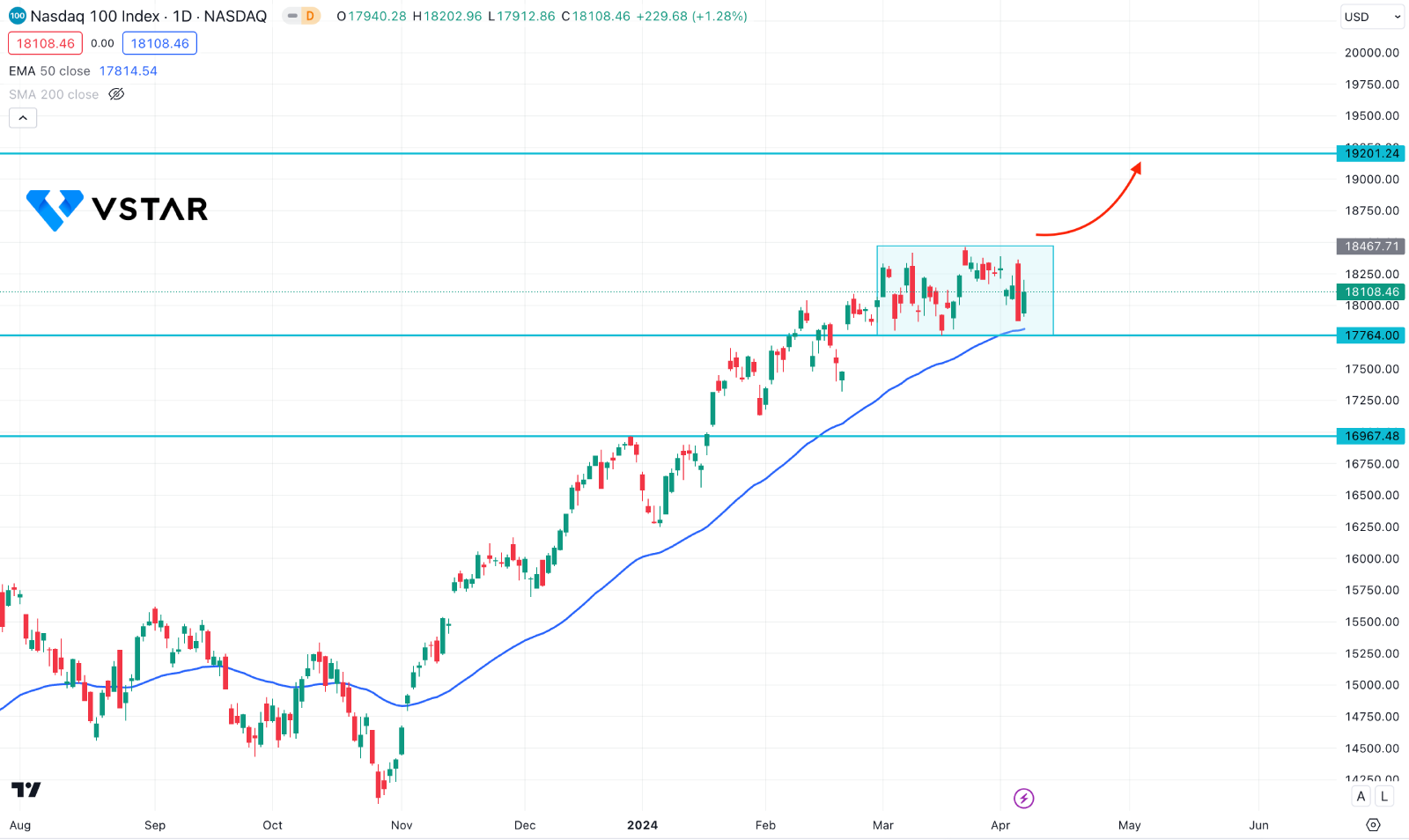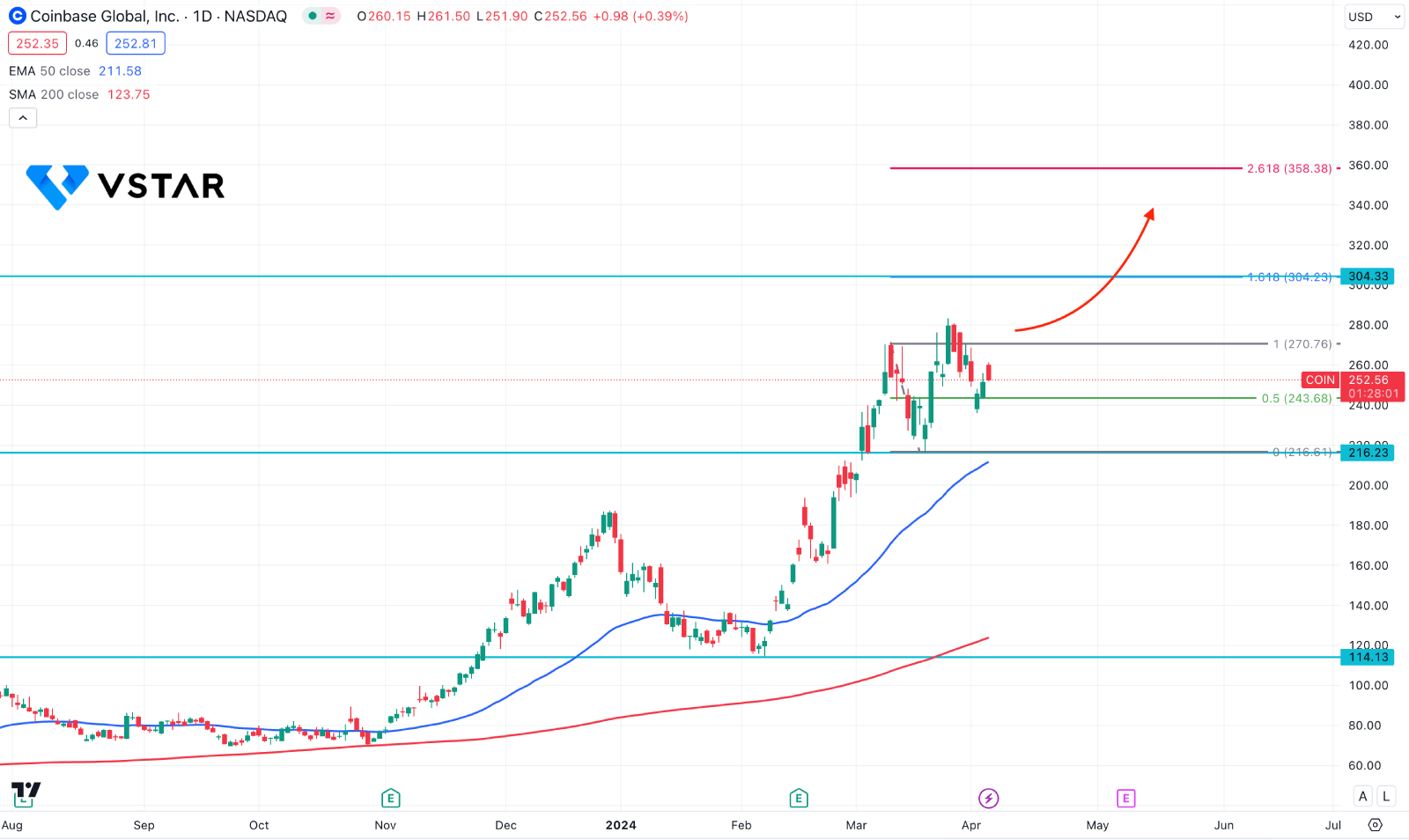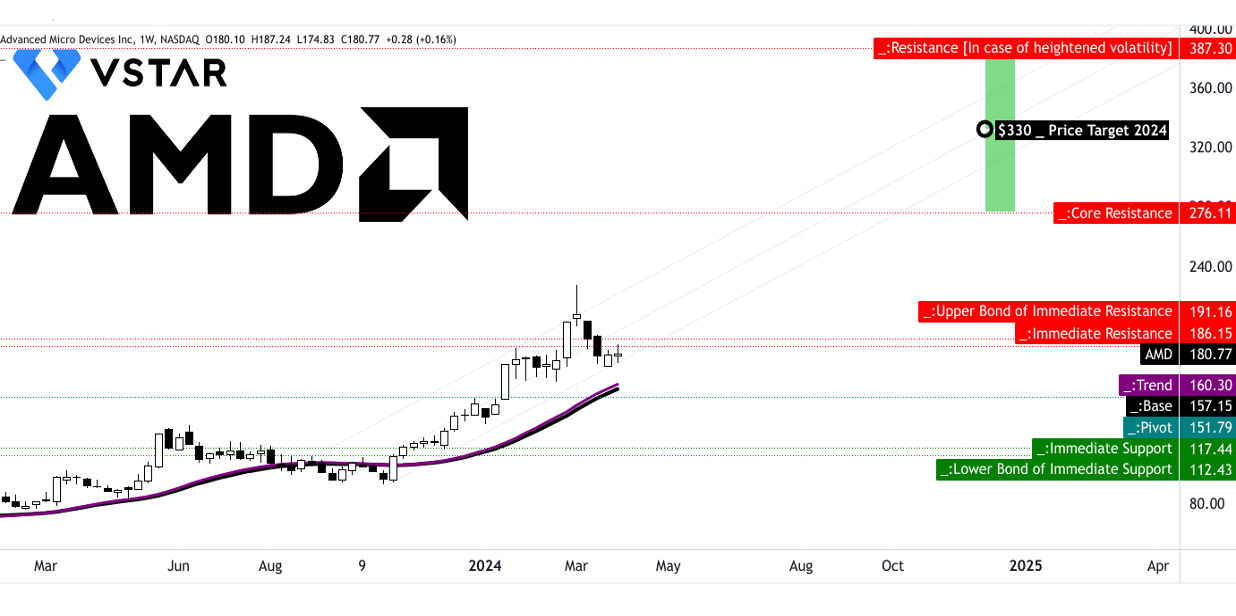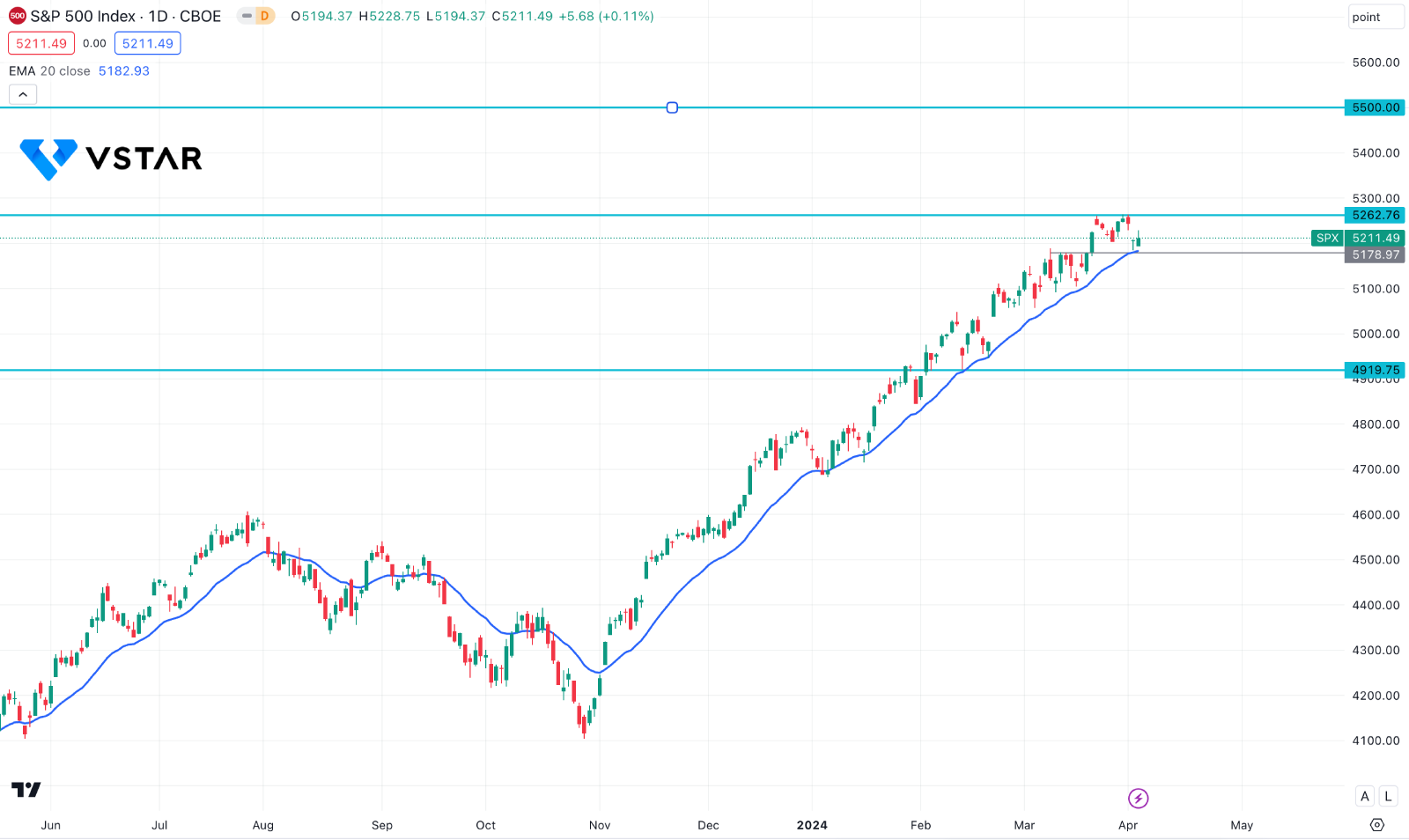The weaker US Dollar Index (DXY) and apprehensions regarding possible disruptions in crude supply resulting from geopolitical tensions in the Middle East have brought WTI prices nearly to their greatest level in six months.
Geopolitical Uncertainty Moves The WTI Price Higher
Israel reduced its military presence in Khan Younis, southern Gaza, over the weekend, representing a significant reduction in activity compared to the onset of the Hamas conflict in October.
As a result, WTI prices decreased marginally. Nevertheless, the lack of clarity regarding Iran's reaction to the recent assault on its consulate in Syria a week ago could potentially alleviate the adverse impact on oil prices. A senior Iranian military advisor issued a warning to Israel over the weekend, expressing concerns that its embassies might be targeted and potentially inciting an escalation in the Middle East conflict. Moreover, interventions in Russian refineries have increased premiums for geopolitical risk.
As traders transition from a pessimistic to an optimistic perspective, the International Energy Agency (IEA) has increased its estimate for oil demand in 2024. This shift is bolstered by recent positive developments in manufacturing surveys conducted in China, the United States, and India.
Can A Rate Cut Bring The Crude Oil Price Lower?
In contrast, market expectations were not met by the US labor market report published on Friday; this suggests that the US economy concluded the first quarter positively. The Federal Reserve (Fed) may delay interest rate reductions this year in response to this report, which could exert downward pressure on WTI prices. Notably, historically, increases in interest rates have precipitated decreases in oil prices, as they have a propensity to impede economic expansion and reduce oil demand.
Oil traders will intently monitor Tuesday's API Weekly Crude Oil Stock report release. Furthermore, the March Consumer Price Index (CPI) figures for the United States and China are expected to be published on Wednesday and Thursday, correspondingly. These reports may offer valuable insights into the economic circumstances of the two largest oil consumers globally.
WTI Crude Oil Price Technical Analysis
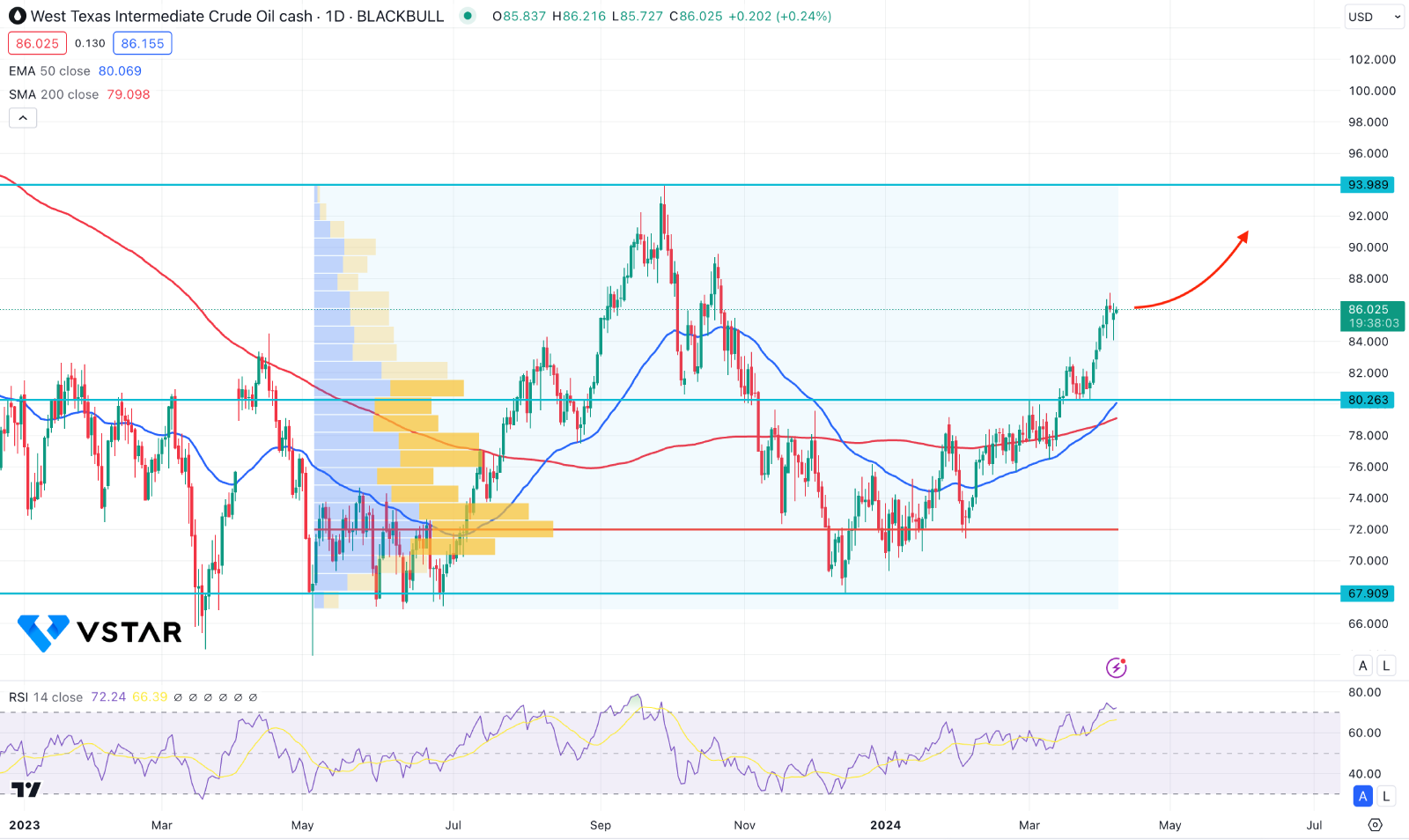
In the daily chart of WTI oil price, a bullish continuation is potent as the recent price formed a solid bottom with a larger buy order.
Based on the fixed range high volume level indicator, the most active levels since May 2023 are at 71.95 level, which is below the current WTI price. As the current price shows sufficient buying pressure above this line, we may consider the overall momentum as bullish.
The most crucial factor for this instrument is the dynamic level’s position, where the 50-day Exponential Moving Average shows a valid cross from the 200-day SMA. It is often called a Golden Cross, where any long opportunity could be potent.
Based on this outlook, a minor downside correction is potent, where the near-term support level is at the 80.26 level. As long as the current price hovers above this line, we may expect a bullish continuation towards the 93.98 key resistance level.
However, a deeper correction below the 80.00 psychological level is possible but the Golden Cross continuation is valid until the WTI crude price comes below the 200-day SMA and forms a strong bearish signal.

